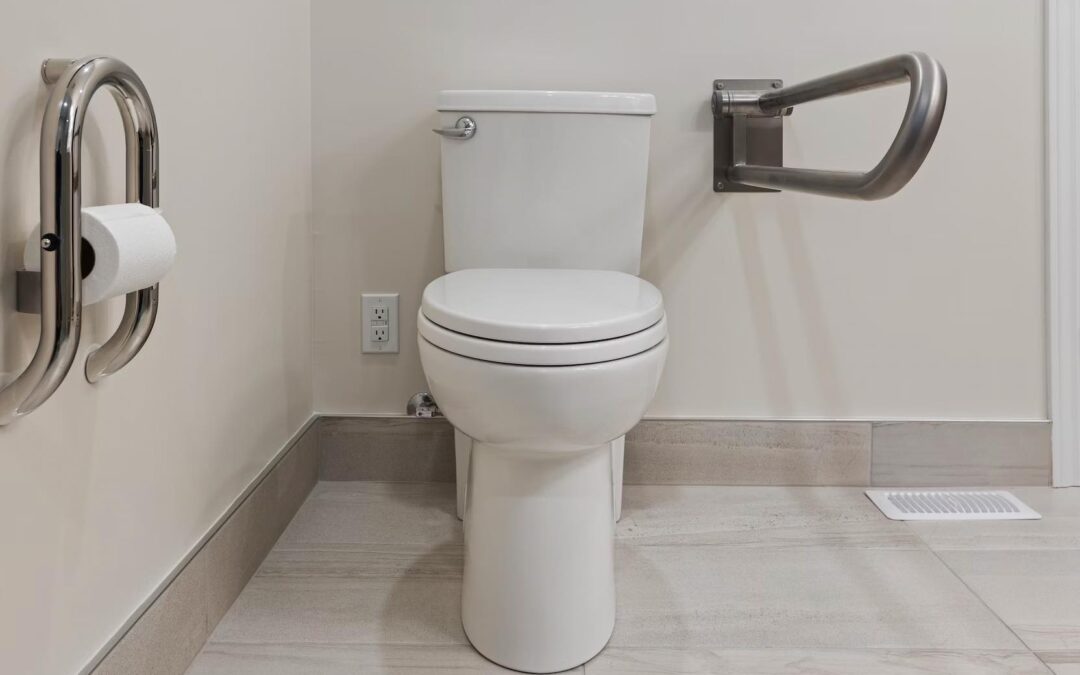The toilet is one of the most essential fixtures in our homes, providing comfort and convenience. However, just like any other appliance, toilets have a limited lifespan. Over time, they may start showing signs of wear and tear, and it becomes necessary to assess whether a replacement is in order.
In this blog, we will guide you through the indicators that suggest it’s time to replace your toilet. We’ll explore new ideas and offer advice to help you make an informed decision about upgrading your bathroom fixture.
Constant Plumbing Issues
If your toilet is plagued by frequent plumbing problems, such as recurring clogs, leaks, or running water, it may be a sign that it’s time to replace it.
While some issues can be resolved with repairs, persistent problems can indicate underlying structural issues or deteriorating internal components that are beyond repair. Investing in a new toilet can save you from the hassle and expenses of repeated repairs.
Age and Efficiency
Consider the age of your toilet. Most toilets have a lifespan of around 15 to 20 years. If your toilet is approaching or surpassing this timeframe, it may be wise to consider a replacement.
Newer models are designed with improved water efficiency, featuring dual-flush mechanisms and lower water consumption. Upgrading to a more efficient toilet not only helps conserve water but also reduces your utility bills in the long run.
Cracks and Damage
Inspect your toilet for visible cracks, chips, or other forms of damage. Cracks in the porcelain can lead to leaks, which can cause water damage to your flooring and subfloor. Even small cracks can worsen over time, so it’s crucial to address them promptly.
Additionally, if the tank or bowl is severely damaged, it may compromise the structural integrity of the toilet. In such cases, replacing the entire unit is the safest option.
Wobbling or Unstable Toilet
A wobbling or unstable toilet is not only an annoyance but also a potential safety hazard. If your toilet rocks or moves when you sit on it, it indicates an improper or deteriorated seal between the toilet and the floor.
Attempting to fix the wobbling by shimming or tightening bolts may provide a temporary solution, but if the problem persists, it’s a clear sign that a replacement is needed to ensure a stable and secure fixture.
Outdated Design and Style
While not directly related to functionality, the appearance of your toilet can impact the overall aesthetics of your bathroom. An outdated or mismatched toilet can make your bathroom feel outdated as well.
If you’re considering a bathroom renovation or simply want to refresh the look of your space, upgrading to a new toilet with a modern design and style can make a significant difference in the overall appeal of your bathroom.
Health and Hygiene Considerations
Older toilets may not have the advanced features and technologies available in newer models, such as touchless flush systems, antimicrobial surfaces, or efficient waste disposal mechanisms. If hygiene and sanitation are important to you, investing in a toilet with these features can provide added peace of mind and contribute to a cleaner and healthier bathroom environment.
Conclusion
Knowing when to replace your toilet is essential to maintain a functional, efficient, and aesthetically pleasing bathroom. Constant plumbing issues, age and efficiency considerations, visible cracks and damage, a wobbling or unstable toilet, outdated design, and health and hygiene concerns are all indicators that suggest it’s time for a replacement.
By being aware of these signs and taking proactive steps to upgrade your toilet, you can ensure a more reliable and enjoyable bathroom experience. Don’t wait for major issues to arise—be proactive and make the decision to replace your toilet when necessary.

